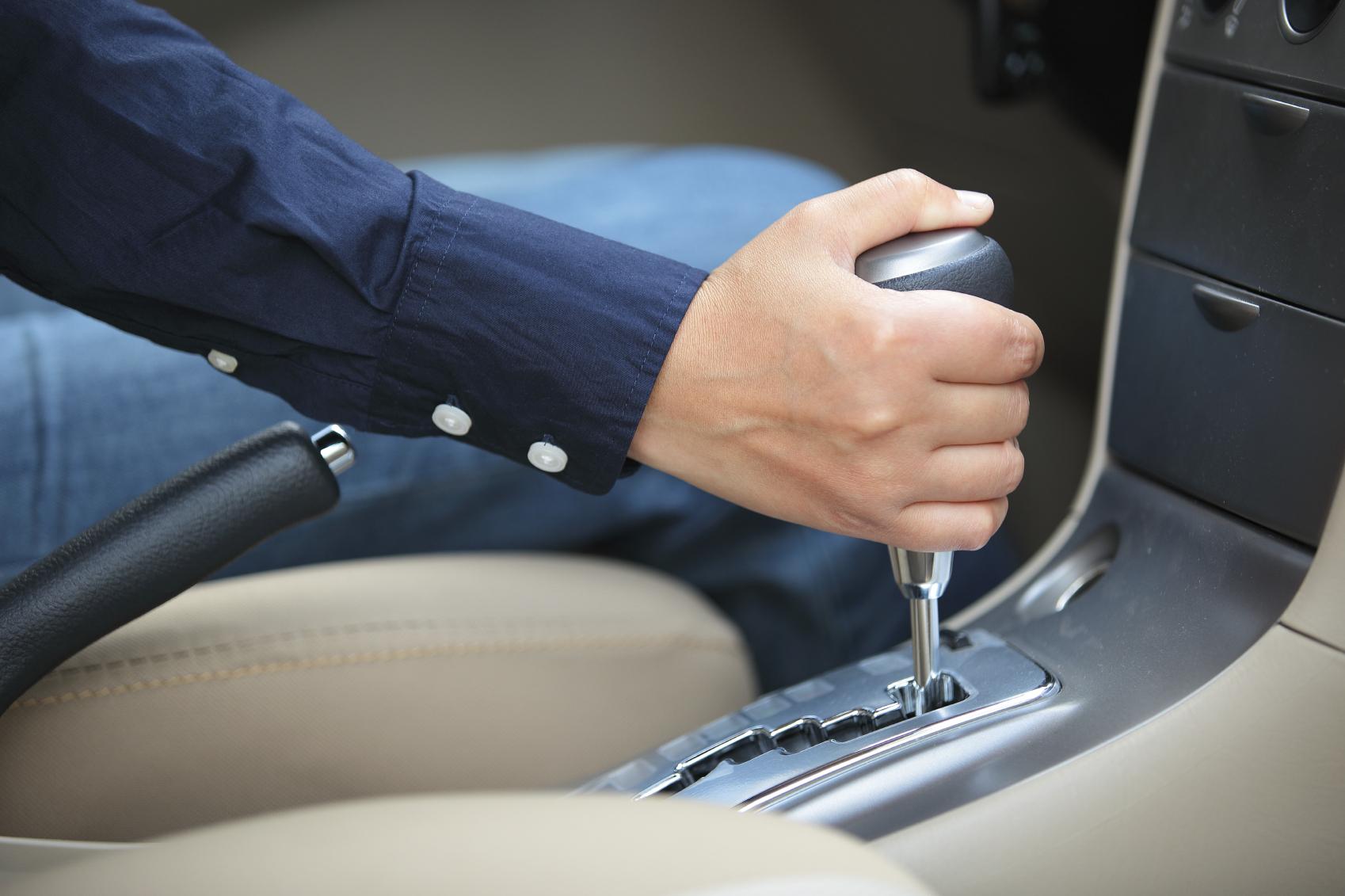How to Drive an Automatic Car


Driving an automatic transmission (AT) car is supposedly easier than driving a manual transmission (MT) or stick shift car. However, a lack of practice or experience driving an automatic car means the driver can make mistakes. This is especially the case if they are used to driving a stick shift already. As the body's muscle memory has to adapt to a new operating system, it is going to take some getting used to. It will depend on the region in which you live, but automatic cars are becoming the de facto transmission type for new cars.
Whether you have only driven stick or never driven before, we at oneHOWTO explain the basics of how to drive an automatic car. We will provide some tricks and tips which will help you navigate an automatic transmission as well as highlight some common problems drivers can experience.
Steps to follow:
Before you even open the door of your automatic car, you should take the time to carefully read its instruction manual. This will give you background on the workings of an automatic transmission and help you to become familiar with the theory before you go on to the practice. Not only will it give you general information how to to drive AT's, it will help you with your specific car. The manufacturer may also give some specific help and tips to control this particular model.
There are different types of automatic transmission which have handling specifications to which you need to adapt. This is not only for your ability to drive an automatic car, but to help prolong the car's road life. The most important types of automatic car are:
- Torque converter automatic: considered the traditional automatic transmission car, the torque converter connects the power source to the load. This is what is used in place of the clutch in a manual car.
- Semi-automatic transmission: this uses a manual clutch gear system, but has additional sensors and processors to aid in using stick shift gears.
- Dual-clutch transmission: like a manual gear box, but uses two clutch pedals, one for odd and one for even numbers. This allows shifts to be seamless, often using paddle shifters on the steering column.
- Continuously variable transmission: also known as a shiftless transmission, this allows for a continuous range of gear ratios rather than fixed gear amounts. Generally one of the most reliable transmission types and usually offers a smoother ride.
It will depend on the type of automatic car, but the majority will not have a clutch pedal. This is because a clutch is used to facilitate manual gear changing, something you don't need to do in an automatic. If you are used to driving a manual transmission, this can provide problems in terms of ergonomics. This is especially true for those who drive several times a day. You may find yourself trying to push a pedal which doesn't exist.
This is why a helpful tip for driving an automatic car is to get comfortable before you start moving. Knowing the type of automatic car is important, so take a look to see if there are any paddle shifters you may need. Set your left foot on the footrest. This will avoid it being restless if you are used to driving stick.
Although you only have two pedals (the accelerator and the brake), you will drive it similarly to how you drive when you have a clutch. This means you only use your right foot for pressing down on the pedals. It is impossible for you to need to used these two pedals at the same time. You also want to avoid any crossover or confusion. When driving an automatic car, the driver's left foot should always remain at rest.
If you are having trouble with your automatic car and find it stalls regularly, it could be something other than your driving. If this happens with you, then you can take a look at our article on why your automatic car is stalling.

Many first time automatic car drivers find it difficult to let go of the control they feel when driving a manual transmission. An automatic transmission can give the driver a feeling as if the car is self-driven and, by extension, out of your control. Drivers used to driving stick can find the feel of an automatic quite unnerving at first.
This is why it is also important to understand the mindset of driving automatic as well as any practical issues involved. For example, when you use the brake on an automatic car, you will be essentially forcing it to lower gear. You may not be using the clutch to do so, but the same basic principles are at work. Also, automatic cars are better at adapting to different driving styles because they do so automatically.
One of the best ways to get into the mindset of driving an automatic car is to get to grips with its fundamentals. Fortunately, we can help you by providing this article on how to understand automatic car gears.

Low traction situations are those which make it difficult to adhere to the road. This could be when the roads are wet, icy, snowy or even gravelly. Many stick shift drivers are used to using their gears to keep the car under control in such difficult conditions. In an automatic car, they will not have this adaptability, so you may need to be extra careful.
Fortunately, many automatic cars have a winter mode or similar adaptation to drive in low-traction conditions. If you are driving an automatic car for the first time in adverse weather conditions, be extra careful. Drive slower if you have to and always obey traffic guidelines.
You may have seen that your automatic car has a gear shift stick. This is not the same as a stick shift gearbox, but is still necessary for driving automatic cars. The gear selector in an automatic car has the following positions:
- D (Drive): to start and move
- P (Park): to park the car
- R (Reverse): reverse driving
- N (Neutral): no gear
You may have other options on the lever of your automatic car gear selector, which will be marked 1, 2 and 3. These options are intended to be used as low gears for special situations. These include very high slopes or cases where you may require faster than usual acceleration. You do not need to use them to move between positions D and P. In general, these options are not required in normal driving conditions. Most automatic cars also have overdrive.

To start an automatic car, the position of the lever must be kept in P. Some models even block the engine starting mechanism of the engine if the gear selector is not in this position. To start an automatic car:
- Take the key, insert it into the ignition and turn it to the right position. Not all cars will use a key turn ignition. Many newer models will use a push button ignition instead.
- Press on the brake and move the gear selector to D.
- Very gently release the brake pedal and drive.
When making a short stop, like at a traffic light, simply keep the position of the lever on D and the break pedal down. If your battery has suddenly stopped in the middle of the road, you will want to know how to jumpstart an automatic car.
These are our most basic tips on how to drive an automatic car. Of course, the best way to learn to drive any type of car is through careful practice. You will need lessons and to pass your driving test before these tips on driving an automatic car will be helpful. We hope this article helped you understand the basics of AT cars, especially if you're changing from a manual to an automatic car.
If you're considering whether you should buy an automatic car or a manual transmission car, knowing the differences between the two types will best help you to make the decision. For some extra help, don't miss our article on how to move an automatic car with a dead battery.
If you want to read similar articles to How to Drive an Automatic Car, we recommend you visit our Cars category.











